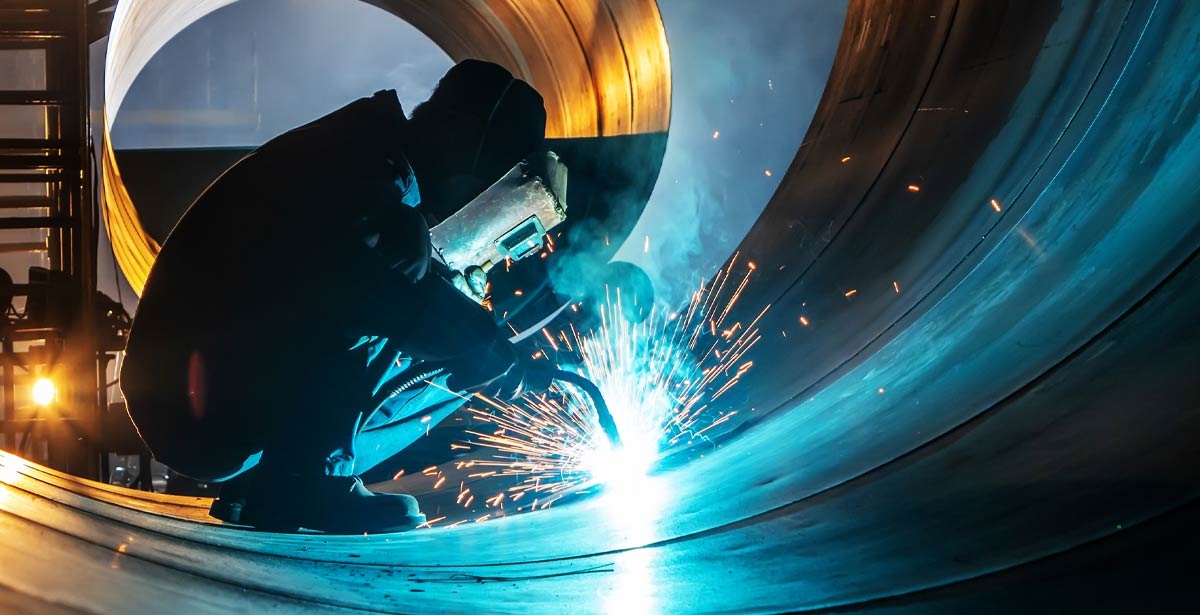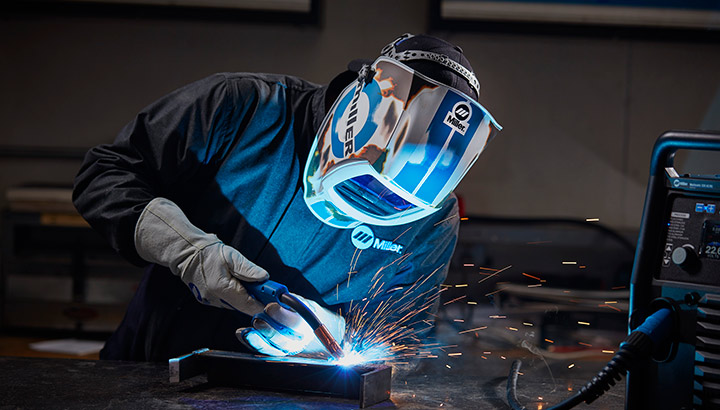Comprehending Welding WPS: Comprehensive Guide for Welders
Comprehending Welding WPS: Comprehensive Guide for Welders
Blog Article
The Ultimate Overview to Welding WPS Procedures: An Extensive Introduction for Welders
In the detailed globe of welding, Welding Treatment Requirements (WPS) offer as the foundation of making certain top quality, uniformity, and safety in welding operations (welding WPS). As we dive right into the numerous parts of a WPS and discover the details of credentials and accreditation, we will reveal the essential duty these treatments play in the world of welding.
Value of WPS Procedures
Comprehending the value of Welding Procedure Requirements (WPS) procedures is essential for making sure the high quality and integrity of bonded frameworks. WPS treatments function as a roadmap for welders, outlining the necessary actions, criteria, and materials called for to accomplish an audio weld. By sticking to WPS guidelines, welders can ensure uniformity in their job, leading to structurally audio and dependable welds.
One of the primary factors why WPS procedures are crucial is their duty in preserving weld high quality and stability. Complying with the defined welding specifications and techniques outlined in the WPS helps protect against problems such as porosity, cracking, or insufficient combination, which can compromise the strength and resilience of the weld. Additionally, WPS procedures are critical for making sure conformity with market criteria and codes. By complying with established WPS guidelines, welders can show that their job fulfills the required demands for safety and high quality, providing assurance to customers, examiners, and governing bodies. Essentially, the importance of WPS treatments can not be overemphasized, as they are essential to attaining constant, top quality welds that fulfill sector criteria and specs.

Elements of a WPS
A Welding Treatment Spec (WPS) normally comprises vital parts that detail the specific demands for performing a weld, guaranteeing consistency and top quality in the welding process. The vital components of a WPS include important variables such as base metals, filler metals, preheat and interpass temperatures, welding procedures, protecting gases, welding placements, and post-weld warmth treatment demands.
Base metals refer to the products being joined, while filler steels are used to load the gap in between the base metals throughout welding. Preheat and interpass temperatures are critical for regulating the heat input and avoiding concerns like breaking or distortion. The welding process lays out the certain technique to be utilized, whether it's gas metal arc welding (GMAW), protected metal arc welding (SMAW), or another technique. Shielding gases secure the weld pool from climatic contamination. Welding positions specify the orientations in which welding can be performed. Post-weld warm therapy may be essential to alleviate anxieties and improve the weld's buildings. An extensive understanding of these parts is important for developing a efficient and comprehensive WPS.

Certification and Accreditation
Having actually learn the facts here now established the vital elements of a Welding Procedure Specification (WPS), the focus currently shifts in the direction of the critical facets of certification and accreditation in welding methods.

Certification, on the other hand, is the official recognition of a welder's qualifications by a pertinent qualification body or organization. Welding certifications are generally based on the details welding procedures, materials, and settings a welder is certified to function with. Holding a legitimate welding accreditation shows that look at this website a welder satisfies industry standards and is skilled to do welding jobs to the needed specs.
Producing a WPS
To develop a Welding Treatment Spec (WPS) that fulfills market requirements, mindful consideration of welding procedures, materials, and functional parameters is essential. The very first action in developing a WPS is to recognize the welding procedure to be utilized, such as gas steel arc welding (GMAW) or shielded steel arc welding (SMAW)

Applying and Keeping An Eye On WPS
Upon settling the comprehensive Welding Procedure Specification (WPS) that carefully information welding processes, products, operational criteria, and quality control procedures, the emphasis shifts to properly executing and checking the well established treatments. Application entails guaranteeing that all welders entailed in the task recognize with the WPS and follow it diligently throughout the welding procedure. This calls for providing adequate training and guidance to assure adherence to the specified procedures. Keeping track of the WPS includes constant oversight to validate that welding activities straighten with the recorded specs. Assessments, screening, and high quality control actions are necessary elements of the monitoring process to identify any kind of variances or problems without delay. Regular audits and testimonials of the welding treatments aid in preserving consistency and top quality throughout the job. Reliable application and tracking of the WPS are vital for making certain the stability, stamina, and safety of the bonded joints, eventually contributing to the general success of the welding job.
Conclusion
Finally, understanding and following Welding Treatment Requirements (WPS) is important for welders to make certain top quality, uniformity, and safety and security in their work. By understanding the parts of a WPS, getting appropriate qualifications and qualifications, developing detailed procedures, and carrying out and checking them successfully, welders can enhance their abilities and effectiveness in welding techniques. Sticking to go to website WPS procedures is vital for generating high-quality welds and meeting sector criteria.
In the complex globe of welding, Welding Treatment Requirements (WPS) serve as the backbone of making sure quality, consistency, and safety and security in welding procedures. The welding process describes the certain strategy to be made use of, whether it's gas metal arc welding (GMAW), secured steel arc welding (SMAW), or another technique.To develop a Welding Treatment Requirements (WPS) that meets industry criteria, cautious factor to consider of welding procedures, materials, and functional criteria is vital. The very first step in producing a WPS is to determine the welding procedure to be used, such as gas metal arc welding (GMAW) or shielded steel arc welding (SMAW)Upon wrapping up the detailed Welding Procedure Specification (WPS) that thoroughly details welding processes, materials, functional criteria, and top quality guarantee actions, the focus moves to properly implementing and checking the well established procedures.
Report this page